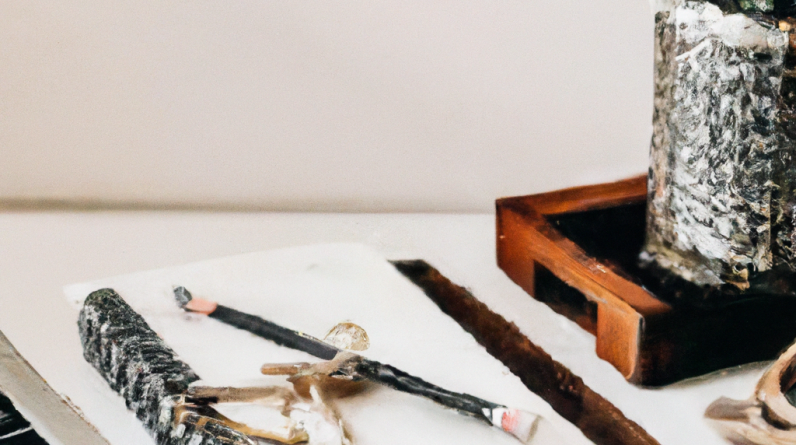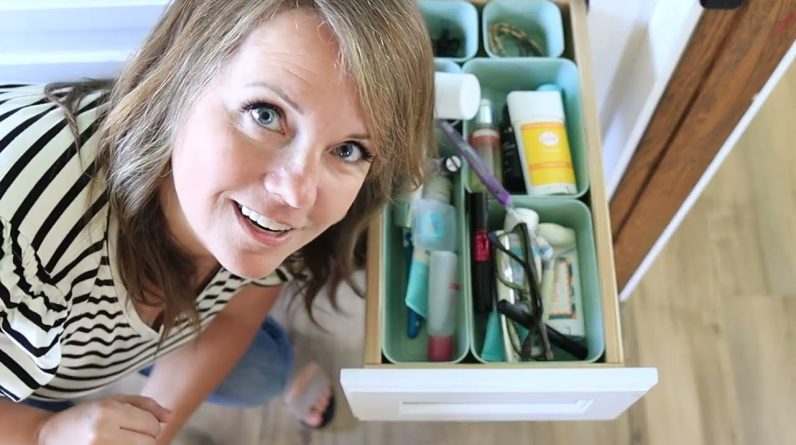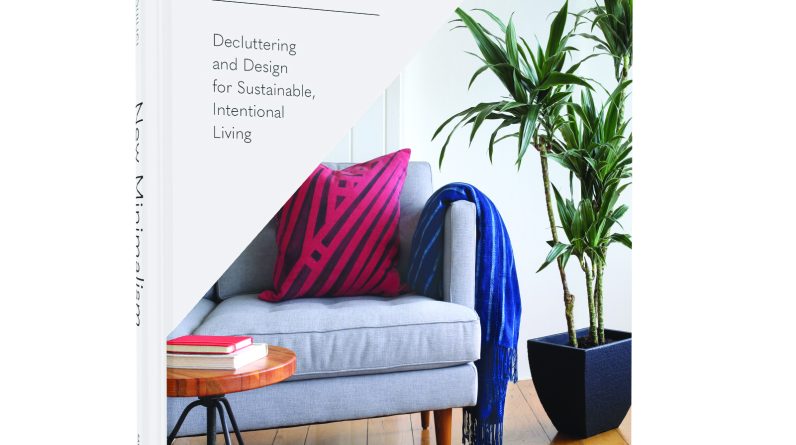
In “The Art of New Minimalism: Decluttering Your Home for Sustainable Intentional Living,” embark on a transformative journey as you explore the world of new minimalism. This article uncovers the secrets behind decluttering and design, giving you the tools to create a sustainable and intentional living environment. Discover how to let go of the excess, embrace simplicity, and cultivate a home that reflects your values and brings you joy. Get ready to embrace a new way of life, where less truly is more.
Table of Contents
Benefits of New Minimalism
Enhanced focus and clarity
One of the key benefits of adopting a new minimalism lifestyle is the enhanced focus and clarity it brings to your life. By decluttering your physical space and simplifying your belongings, you eliminate distractions that can cloud your mind and drain your energy. A clear and organized environment allows you to concentrate on the tasks at hand, whether it’s work, hobbies, or spending quality time with loved ones. With fewer visual distractions and a more serene living space, you’ll find it easier to stay focused and productive throughout the day.
Reduced stress and anxiety
Living in a cluttered and chaotic environment can significantly contribute to stress and anxiety. The constant visual and mental stimulation from the excess of belongings can be overwhelming and draining. However, by embracing new minimalism and decluttering your surroundings, you create a peaceful sanctuary that promotes relaxation and tranquility. A clutter-free space allows your mind to unwind, reduces stress levels, and provides a sense of calm. With less physical clutter, you’ll also have a clearer mind and reduce decision fatigue, further alleviating anxiety and promoting overall well-being.
Improved productivity
Clutter can have a negative impact on your productivity by impeding your ability to focus and causing mental overload. New minimalism encourages you to eliminate unnecessary possessions and create an organized and efficient space. By removing physical distractions, you’ll experience enhanced productivity and efficiency in your daily tasks. With a clear workspace and an organized home, you’ll no longer waste time searching for misplaced items or feel overwhelmed by clutter. Instead, you’ll have a streamlined environment that supports your goals and boosts your productivity.
Lower environmental impact
One of the fundamental principles of new minimalism is embracing a sustainable lifestyle. By reducing your consumption and choosing intentional purchases, you can significantly lower your environmental impact. When you carefully assess your belongings and eliminate unnecessary items, you not only free up space but also minimize your contribution to landfills. Moreover, by investing in quality and sustainable products, you support ethical production practices and reduce your carbon footprint. As you embrace new minimalism, you’ll find yourself making conscious choices that benefit both your well-being and the planet.
Understanding New Minimalism
Definition and principles
New minimalism is a lifestyle and design philosophy that emphasizes intentional living, simplicity, and mindful consumption. It involves decluttering your physical space, simplifying your belongings, and creating an environment that fosters focus, clarity, and well-being. The principles of new minimalism go beyond mere aesthetics; it encourages you to eliminate excess, prioritize experiences over possessions, and make conscious choices that align with your values.
Differentiating from traditional minimalism
While new minimalism shares some similarities with traditional minimalism, it has a distinct focus on intentional and sustainable living. While traditional minimalism often focuses solely on reducing physical possessions, new minimalism goes beyond decluttering and encourages deeper reflection on your values, the environmental impact of your choices, and the cultivation of gratitude and contentment. New minimalism also places greater importance on functionality and purposeful design, ensuring that your space serves your specific needs while remaining clutter-free.
Embracing intentional and sustainable living
New minimalism urges you to embrace intentional living, which involves consciously choosing what you bring into your life and how you spend your time and resources. It encourages you to reassess your values, prioritize experiences over material possessions, and cultivate a sense of gratitude for what you already have. Sustainable living is also a core aspect of new minimalism, promoting the careful and ethical consumption of goods and services. By embracing intentional and sustainable living, you can align your actions with your values and create a more fulfilling and environmentally conscious life.

Decluttering Strategies
Assessing your current belongings
Before embarking on your decluttering journey, it’s essential to assess your current belongings. Take the time to evaluate each item and ask yourself whether it adds value to your life or brings you joy. Be honest with yourself and let go of items that no longer serve a purpose or no longer align with your values. Keep in mind that decluttering is not about getting rid of everything, but rather about curating a collection of possessions that truly enhance your life.
Creating a decluttering plan
To tackle your decluttering process effectively, it’s helpful to create a plan. Start by breaking down your living space into manageable areas or categories and set realistic goals for each decluttering session. By organizing your decluttering tasks, you’ll stay focused and motivated, and you’ll have a clear roadmap to guide your progress. Remember to be patient with yourself and celebrate small victories along the way.
Sorting and categorizing items
Once you’ve identified the areas you want to declutter, start sorting your items into categories. Create groups for things you want to keep, donate, or discard. When categorizing, consider both practicality and emotional attachment. Focus on keeping items that serve a practical purpose or bring you genuine joy. For items you’re ready to let go of, consider donating them to a local charity or selling them to someone who might find value in them.
Deciding what to keep, donate, or discard
When deciding what to keep, donate, or discard, it’s important to be intentional and considerate. Keep items that align with your values and enhance your life in some way. Donate items that are still in good condition but no longer serve you. Discard items that are no longer usable or have no value to others. By consciously choosing what to keep, donate, or discard, you’ll create a clutter-free space that reflects your newfound minimalist lifestyle.
Creating a Minimalist Space
Designing functional and purposeful areas
In a minimalist space, functionality and purpose take center stage. Design each area of your home with a clear intention and purpose in mind. Consider how you’ll use the space and what activities will take place there. Arrange furniture and decor in a way that supports your daily routines and enhances your overall well-being. By designing functional and purposeful areas, you’ll optimize your living space and create an environment that truly serves you.
Maximizing storage solutions
One of the keys to maintaining a minimalist space is having adequate storage solutions. Invest in quality storage furniture that maximizes your space and allows for efficient organization. Utilize hidden storage options such as under-bed storage, wall-mounted shelves, and multi-functional furniture. By having designated spaces for your belongings and keeping surfaces clutter-free, you’ll maintain a tidy and organized space.
Incorporating natural elements and textures
To create a soothing and calming environment, incorporate natural elements and textures into your minimalist space. Use materials such as wood, bamboo, and rattan to add warmth and organic beauty. Bring nature indoors with potted plants and fresh flowers, which not only enliven the space but also improve indoor air quality. By embracing nature’s elements, you’ll create a space that promotes relaxation and a connection with the natural world.
Choosing a neutral color scheme
A neutral color scheme is a hallmark of minimalist design. Opt for colors such as white, beige, gray, and earth tones to create a serene and cohesive space. These colors provide a blank canvas that allows your chosen decor and treasured possessions to shine. A neutral color palette also creates a visually spacious and harmonious environment, further enhancing the minimalist aesthetic.

Minimalist Furniture and Decor
Investing in quality over quantity
When it comes to furniture and decor, new minimalism promotes the concept of quality over quantity. Instead of accumulating cheap and disposable items, focus on investing in well-crafted and durable pieces that will withstand the test of time. Choose furniture made from sustainable materials and produced ethically. By investing in quality furniture and decor, you not only create a more aesthetically pleasing space but also reduce waste and support sustainable practices.
Choosing versatile and multi-functional pieces
In a minimalist space, every item should serve a purpose and earn its place. Opt for furniture that is versatile and multi-functional, such as a sofa that can double as a guest bed or a coffee table with built-in storage. By choosing pieces that have multiple uses, you’ll maximize your space and reduce the need for excess furniture. This deliberate approach helps maintain a clean and organized environment.
Opting for sustainable materials and production
Sustainability is a fundamental aspect of new minimalism, and this extends to the materials and production processes of furniture and decor. Look for items made from eco-friendly materials, such as bamboo, reclaimed wood, or recycled plastics. Additionally, consider the environmental impact of the production process and choose brands that prioritize sustainable and ethical practices. By opting for sustainable materials and production, you can support a more eco-conscious industry and contribute to a greener planet.
Implementing minimalist design principles
Minimalist design principles focus on simplicity, clean lines, and a sense of open space. Incorporate these principles when selecting furniture and decor for your minimalist home. Choose pieces with sleek and uncluttered designs that do not overpower the space. Avoid unnecessary embellishments and opt for clean lines and simple geometric shapes. By implementing minimalist design principles, you’ll create a visually appealing and harmonious living area.
Integrating Minimalism into Daily Life
Adopting mindful consumption habits
Minimalism goes beyond decluttering and organizing your physical space; it’s a mindset that extends to every aspect of your life, including your consumption habits. Embrace mindful consumption by being intentional about what you bring into your home. Consider the environmental impact and long-term value of each purchase. Prioritize quality over quantity and choose items that align with your values and enhance your well-being. By adopting mindful consumption habits, you’ll reduce waste, save money, and contribute to a more sustainable world.
Implementing organization and cleaning routines
To maintain a minimalist lifestyle, it’s essential to establish organization and cleaning routines. Dedicate time each day or week to tidy up your living space and ensure that everything is in its proper place. Designate specific areas for items and make a conscious effort to return them to their designated spots after use. By implementing organization and cleaning routines, you’ll prevent clutter from accumulating and maintain a tidy and organized environment effortlessly.
Practicing digital minimalism
In today’s digital age, digital clutter can be just as overwhelming as physical clutter. Embrace digital minimalism by decluttering your digital devices and digital spaces. Regularly delete unnecessary files, emails, and applications. Organize your digital files into folders for easy access. Limit your time spent on social media and other digital platforms that do not serve your well-being. By practicing digital minimalism, you’ll experience a clearer and more focused mind, and reduce the sense of overwhelm that can come from being constantly connected.
Embracing mindfulness and self-reflection
Minimalism is not just about the physical aspects of your life; it’s also about cultivating a mindful and intentional mindset. Take time for self-reflection and introspection. Consider the values that are most important to you and how they align with your actions and choices. Practice mindfulness in your everyday life by being fully present in the moment and appreciating the simple pleasures. By embracing mindfulness and self-reflection, you’ll deepen your connection to yourself and live a more purposeful and fulfilling life.
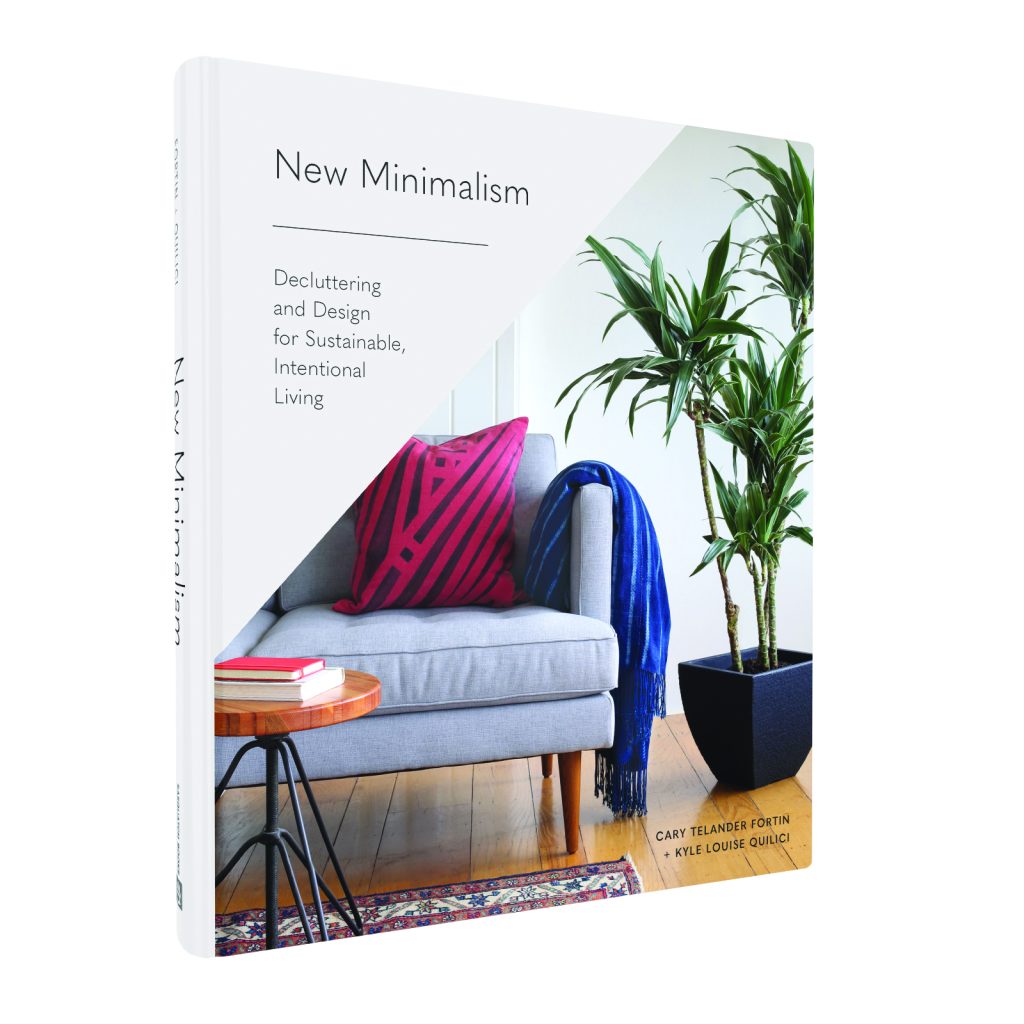
Sustainable Living Practices
Reducing waste with sustainable alternatives
Incorporating sustainable alternatives into your daily life is an integral part of new minimalism. Reduce waste by opting for reusable products and minimizing single-use items. Invest in a set of reusable shopping bags, water bottles, and food containers. Choose products with minimal packaging or packaging made from recyclable or compostable materials. By reducing waste, you’ll make a positive impact on the environment and inspire others to follow suit.
Embracing conscious shopping and ethical brands
Sustainable living involves making conscious choices when it comes to shopping. Support ethical brands that prioritize fair trade, sustainable materials, and responsible production practices. Consider the origins and manufacturing processes of the products you purchase. Look for certifications and labels that indicate ethical practices, such as Fair Trade, organic, or cruelty-free. By embracing conscious shopping and supporting ethical brands, you can make a difference in the world and contribute to a more sustainable future.
Lowering energy and water consumption
Being mindful of your energy and water consumption is an essential aspect of sustainable living. Make a conscious effort to reduce your energy usage by turning off lights and electronics when not in use, using energy-efficient appliances, and maximizing natural light and ventilation. Conserve water by fixing any leaks, taking shorter showers, and using water-saving fixtures and appliances. By lowering your energy and water consumption, you’ll not only reduce your environmental impact but also save money on utility bills.
Choosing eco-friendly cleaning and personal care products
When it comes to cleaning your home and caring for yourself, choosing eco-friendly products is key. Opt for cleaning products that are non-toxic, biodegradable, and free from harmful chemicals. Look for personal care products that are cruelty-free, made from natural ingredients, and packaged in recyclable or refillable containers. By choosing eco-friendly cleaning and personal care products, you’ll create a healthier living environment for yourself and minimize your impact on the planet.
Achieving Balance in Minimalism
Avoiding perfectionism and guilt
In the pursuit of minimalism, it’s important to avoid falling into the trap of perfectionism and feeling guilty for not meeting an ideal standard. Minimalism is a personal journey, and it’s different for everyone. Embrace the progress you make and celebrate your accomplishments, both big and small. Focus on the positive changes you’re making in your life and the positive impact you’re having on the environment. Remember, minimalism is about finding balance and contentment, not striving for perfection.
Creating personalized minimalism goals
To achieve balance in minimalism, it’s essential to create personalized goals that align with your values and aspirations. Reflect on what minimalism means to you and how you want it to shape your life. Set realistic and achievable goals that reflect your priorities and lifestyle. Whether it’s decluttering a specific area of your home or reducing your consumption habits, creating personalized minimalism goals will help guide your journey and keep you motivated.
Striking a balance between functionality and aesthetics
Minimalism is a delicate balance between functionality and aesthetics. While it’s important to create a visually pleasing and harmonious space, it’s equally important to ensure that your home serves your practical needs. Avoid sacrificing functionality for the sake of aesthetics, or vice versa. Choose furniture and decor that not only looks beautiful but also serves a purpose and enhances your daily life. By striking a balance between functionality and aesthetics, you’ll create a minimalist space that is both visually appealing and highly functional.
Focusing on experiences over possessions
One of the key principles of minimalism is prioritizing experiences over possessions. Instead of accumulating material belongings, focus on investing in experiences that bring you joy and fulfillment. Spend quality time with loved ones, explore new places, and engage in activities that align with your values and passions. By shifting your focus from accumulating possessions to creating meaningful experiences, you’ll find a deeper sense of fulfillment and true happiness.
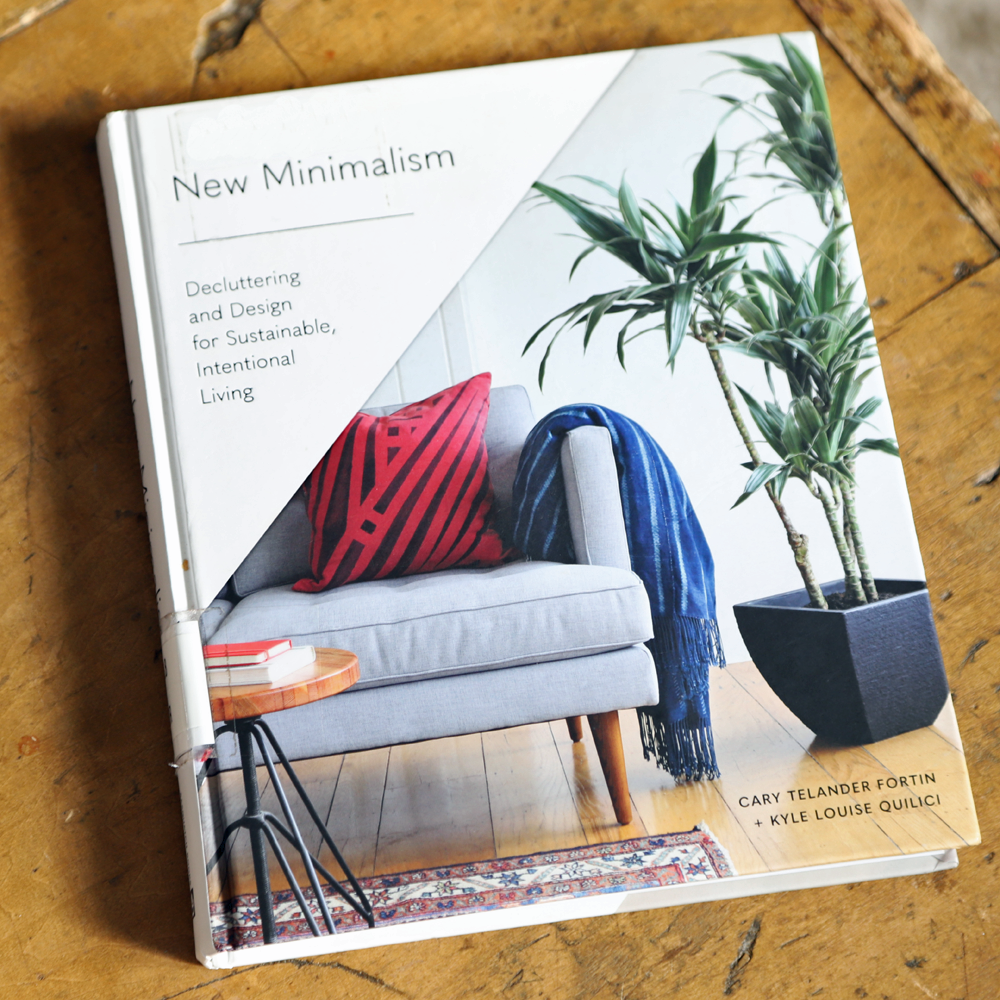
Maintaining a Minimalist Lifestyle
Regular decluttering and reassessment
To maintain a minimalist lifestyle, regular decluttering and reassessment are essential. Set aside time at regular intervals to evaluate your belongings and ensure that they continue to serve a purpose and bring you joy. As time passes, your needs and priorities may change, and certain items may no longer align with your current lifestyle. By regularly decluttering and reassessing your belongings, you’ll prevent clutter from accumulating and maintain a streamlined and clutter-free space.
Avoiding unnecessary purchases and clutter
One of the key challenges of maintaining a minimalist lifestyle is resisting the temptation to make unnecessary purchases and accumulate clutter. Before making a purchase, ask yourself if the item is truly necessary and if it aligns with your minimalist values. Consider the long-term value and environmental impact of the item. By avoiding unnecessary purchases, you’ll reduce waste, save money, and maintain a minimalist space that reflects your intentional and sustainable lifestyle.
Building a supportive minimalist community
Surrounding yourself with like-minded individuals can greatly support your minimalist journey. Seek out and build a supportive minimalist community either online or in your local area. Connect with others who share your values and can provide guidance and encouragement. Share your experiences and learn from others’ insights and perspectives. By building a supportive minimalist community, you’ll have a network of individuals who understand and support your minimalist lifestyle.
Continuing self-growth and intentional living
A minimalist lifestyle is an ongoing journey of self-growth and intentional living. Continuously reflect on your values, goals, and aspirations, and adjust your actions and choices accordingly. Embrace opportunities for personal growth and self-improvement. Engage in activities that nurture your well-being and contribute to a more intentional and fulfilling life. By committing to continued self-growth and intentional living, you’ll deepen your minimalist practice and unlock new levels of personal fulfillment.
Impact of New Minimalism on Well-being
Improved mental and emotional well-being
New minimalism has a profound impact on mental and emotional well-being. By reducing physical clutter and simplifying your living environment, you create a serene and peaceful space that supports relaxation and reduces stress. The act of decluttering and cultivating mindful consumption habits also promotes mental clarity, reduces decision fatigue, and enhances overall cognitive function. By eliminating distractions and focusing on what truly matters, you’ll experience improved mental and emotional well-being.
Enhanced environmental consciousness
New minimalism goes hand in hand with environmental consciousness. By reducing consumption, embracing sustainable practices, and prioritizing quality over quantity, you contribute to a more sustainable and eco-friendly planet. As you align your actions with your values, you become more aware of the environmental impact of your choices and make deliberate decisions that minimize harm to the earth. By embracing new minimalism, you’ll deepen your environmental consciousness and actively contribute to a more sustainable future.
Cultivation of gratitude and contentment
Minimalism encourages the cultivation of gratitude and contentment. By decluttering and simplifying your life, you become more aware of the blessings and abundance that already exist. You develop a deeper appreciation for what you have, rather than constantly striving for more. The act of intentionally curating your possessions and experiences fosters a sense of contentment and satisfaction. By cultivating gratitude and contentment, you’ll find joy and fulfillment in the present moment, rather than constantly seeking external validation.
Increased overall life satisfaction
Ultimately, new minimalism contributes to increased overall life satisfaction. By living with intention, reducing physical and mental clutter, and aligning your actions with your values, you create a life that is more purposeful and fulfilling. Eliminating distractions and focusing on what truly matters allows you to experience a deeper sense of joy and satisfaction. As you prioritize experiences over material possessions and nurture your well-being, you’ll find that true happiness and fulfillment come from within. By embracing new minimalism, you’ll significantly enhance your overall life satisfaction.







